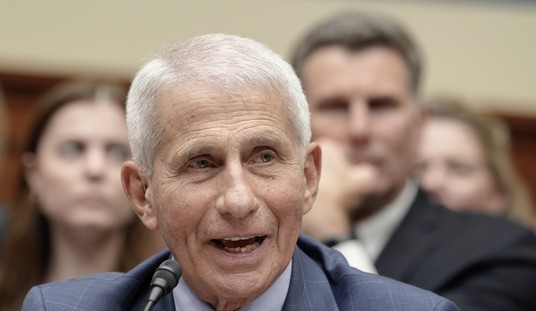For millennia, China suffered famine after famine. As recently as 1981, as many as 88 percent of the Chinese population was living in extreme poverty; today it is less than 1 per cent. Never in the history of the world have so many hundreds of millions of people risen from abject poverty to the middle class in such a short period of time.
But it all began with a tragedy. In late 1957, Mao Zedong proclaimed the “Great Leap Forward” as a shortcut to the supposed workers’ paradise. According to Mao, China would be able to overtake the UK within 15 years, thus proving once and for all that socialism was superior to capitalism. The most ambitious socialist experiment in history started with tens of millions of farmers across the country being forced into working on massive irrigation projects without sufficient food or rest. Soon, one in six Chinese was busy digging for large-scale dam and canal-building projects. During the Great Leap Forward, private ownership of any kind was abolished, and peasants were forced to leave their properties and live in factory-like barracks with up to 20,000 fellow sufferers.
This experiment resulted in what was probably the worst famine – and definitely the worst man-made famine – in human history. Based on analyses carried out by the Chinese security service, the historian Frank Dikötter arrives at an estimate of around 45 million people across China who died prematurely between 1958 and 1962. The majority died of starvation, while another 2.5 million were tortured or beaten to death.
Recommended
The economic fallout from Mao’s reign was disastrous. Two in three peasants had lower incomes in 1978 than during the 1950s. After the failure of the Great Leap Forward, peasants in an increasing number of villages began to circumvent the official ban on private farming. Since they were quickly able to achieve far greater outputs, party cadres allowed them to carry on.
Deng Xiaoping, one of the greatest reformers of the twentieth century, who effectively ruled China from 1979 to 1992, no longer opposed the spontaneous development of capitalism, but encouraged it. He encouraged the establishment of Special Economic Zones throughout China. These were areas where the socialist economic system was suspended and capitalist experiments were permitted. The first Special Economic Area was created in Shenzhen. Then a district with a population of fewer than 30,000, Shenzhen became the site of China’s first free-market experiment, enabled by party cadres who had been to Hong Kong and Singapore and seen for themselves that capitalism works far better than socialism.
From being a place where many risked their lives to flee, this former fishing village has today become a thriving metropolis with a population of almost 13 million and a higher per-capita income than any other Chinese city except Hong Kong and Macau. Soon, other regions followed suit and introduced the Special Economic Zone model. Low taxes, cheap land leases and more relaxed bureaucratic requirements made these Special Economic Zones extremely attractive to foreign investors.
Zhang Weying, Professor at the Peking University says: “China’s reforms started with an all-powerful government under the planned economy. The reason China was able to sustain its economic growth during the process of reform was because the government intervened less and the proportion of state-owned enterprises decreased, not the other way around. It was precisely the relaxation of government control that brought about market prices, sole proprietorships, town and village enterprises, private enterprises, foreign enterprises, and other non-state-owned entities”.
A working paper from the World Economic Forum from 2019 stated that “China’s private sector – which has been revving up since the global financial crisis – is now serving as the main driver of China’s economic growth. The combination of numbers 60/70/80/90 are frequently used to describe the private sector’s contribution to the Chinese economy: they contribute 60 percent of China’s GDP, and are responsible for 70 percent of innovation, 80 percent of urban employment and provide 90 percent of new jobs. Private wealth is also responsible for 70 percent of investment and 90 per cent of exports”.
China’s rise was entirely a result of the introduction of private property and capitalist reforms pushing back the influence of the state. In recent years, however, the trend has started to reverse. The state is interfering much more in the economy again, and this has already led to a slowdown in economic growth.
***
Rainer Zitelmann is the author of the books THE POWER OF CAPITALISM and HOW NATIONS ESCAPE POVERTY.

























Join the conversation as a VIP Member